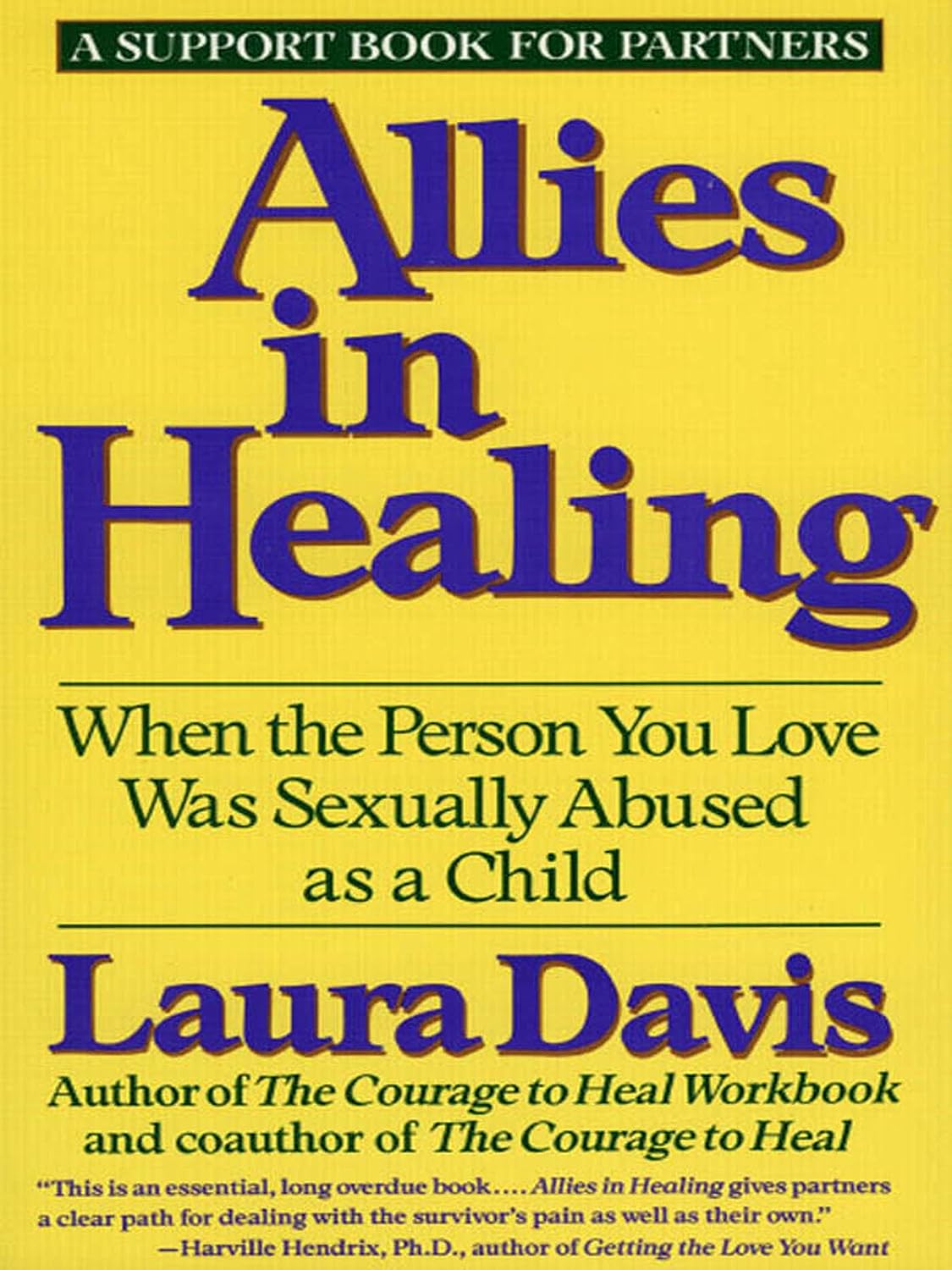

“But what about me?” “Is it possible to go one day without dealing with the survivor’s issues?” “Will we ever make love again?” “Will the survivor love me in the end?” “How do I know if I should throw in the towel?” Based on in-depth interviews and her workshops for partners across the country, Laura Davis offers practical advice and encouragement to all partners—girlfriends, boyfriends, spouses, and lovers—trying to support the survivors in their lives while tending to their own needs along the way. She shows couples how to deepen compassion, improve communication, and develop an understanding of healing as a shared activity. Addressing partners’ most important questions, Allies in Healing covers: The Basics—answers common questions about sexual abuse. Allies in Healing—introduces key concepts of working and growing together. My Needs and Feelings—teaches partners to recognize, value, and express their own needs. Dealing with Crisis—includes strategies for handling suicidal feelings, regression, and hopelessness. Intimacy and Communication—offers practical advice on dealing with distancing, control, trust, and fighting. Sex—provides guidelines for coping with flashbacks, lack of desire, differences in sexual needs, and frustration. Family lssues—suggests a range of ideas for interacting with the survivor’s family. Partners’ Stories—explores the struggles, triumphs, and courage of eight partners.
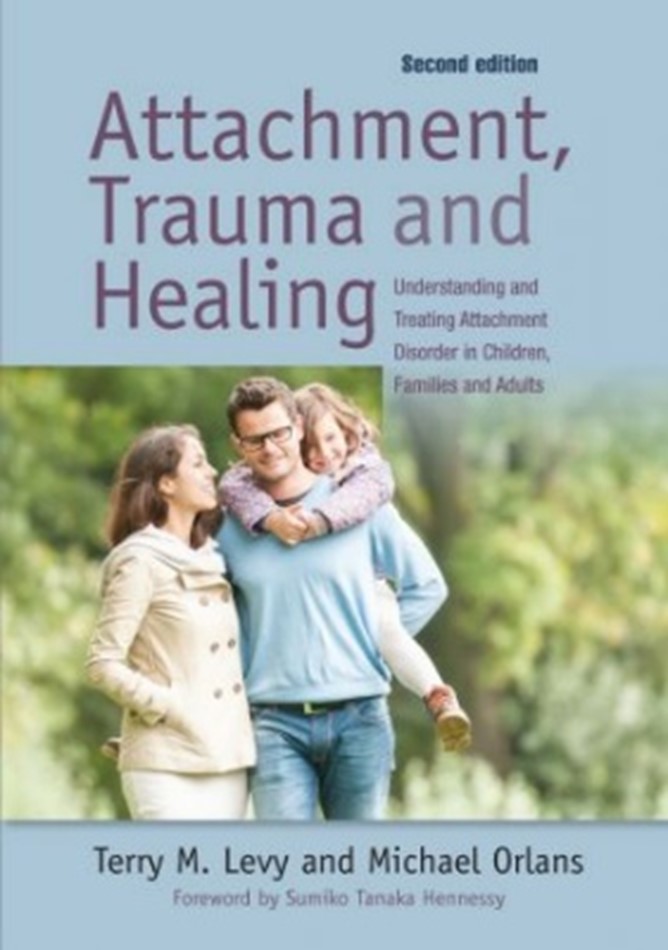

Now in a fully updated and expanded edition, Levy and Orlans’ classic text provides a comprehensive overview of attachment theory, how attachment issues manifest, and how they can be treated. The book covers attachment-focused assessment and diagnosis, specialised training and education for caregivers, treatment for children and caregivers and early intervention and prevention programmes for high-risk families. The authors explain their unique models of ‘corrective attachment therapy’ and ‘corrective attachment parenting’, and provide practical guidance on goals and techniques for clinicians who work with maltreated and attachment disordered children and families. This second edition incorporates advances in the fields of child and family psychology that have occurred since the book first published in 1998, with substantial new sections on interpersonal neurobiology, adult and couple treatment, the application of positive psychology. Clear, authoritative and skills-oriented, this is the essential guide to attachment for psychologists, social workers, clinicians, as well as foster and adoptive parents.
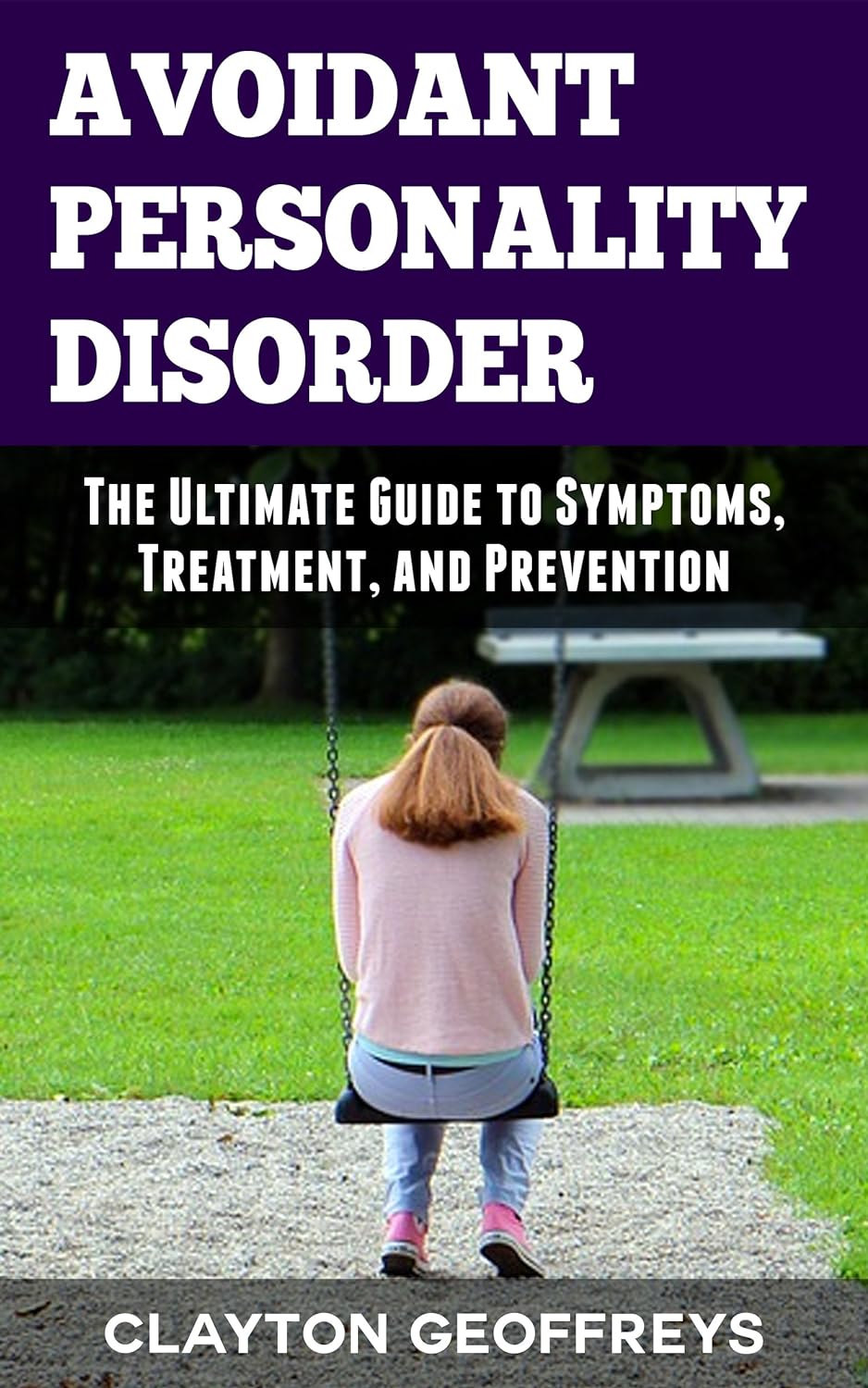

In Avoidant Personality Disorder: The Ultimate Guide to Symptoms, Treatment, and Prevention , you’ll learn about Avoidant Personality Disorder, and how it can impact a person’s life. This book covers a variety of topics regarding AvPD, including but not limited to feelings of low self esteem, self isolation, and discomfort in social situations. If you are looking for a book to better understand how to identify the causes of social anxiety or Avoidant Personality Disorder, we will explore it here.
After learning about the causes of AvPD, we’ll dig deep into treatment methods and different types of therapy that are available for those suffering from AvPD symptoms.
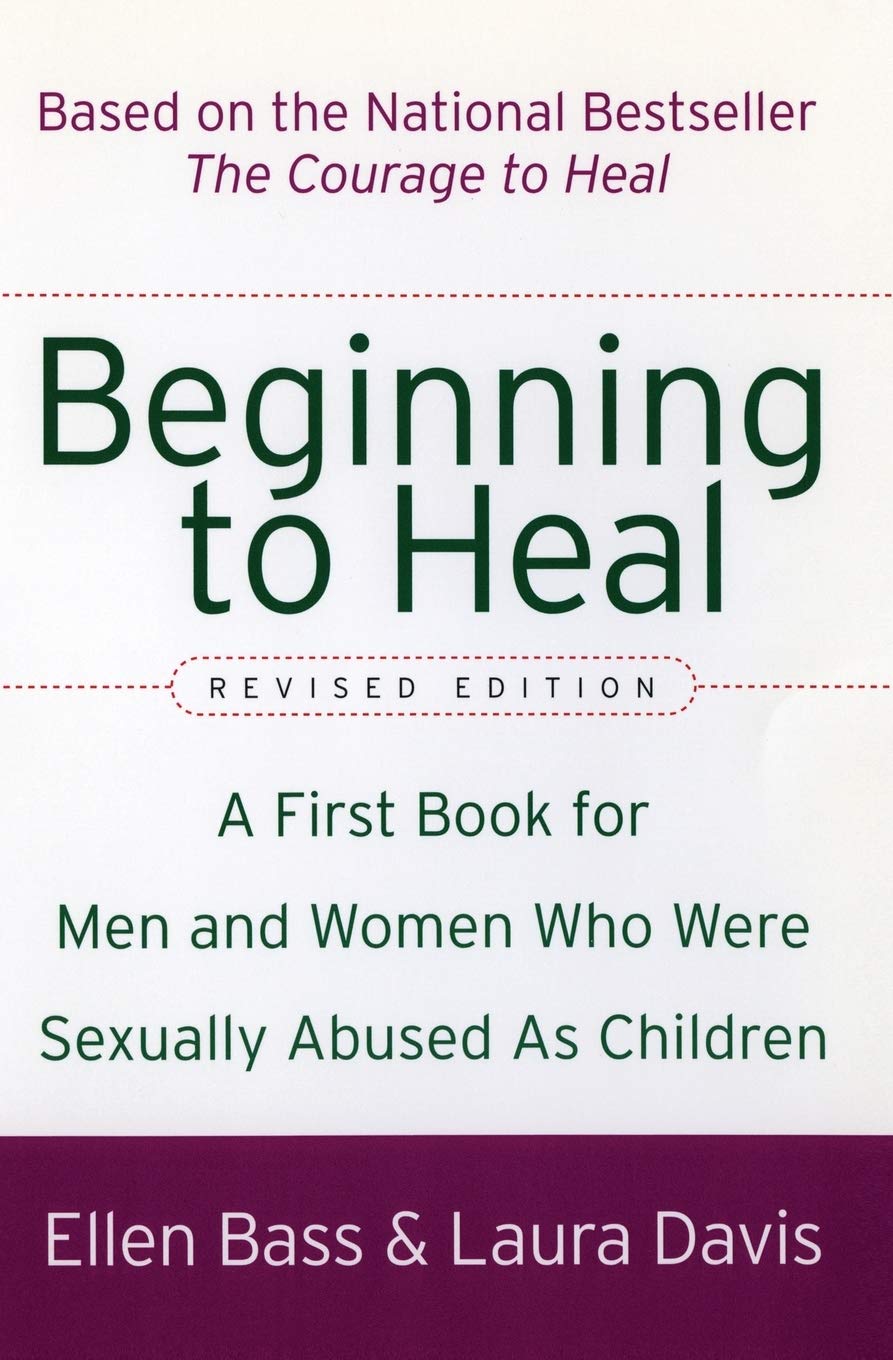

There’s nothing as wonderful as starting to heal, waking up in the morning and knowing that nobody can hurt you if you don’t let them. Beginning to Heal offers hope and guidance for all survivors starting the healing journey. No matter how great your pain today, you can not only heal but thrive. Based on the authors’ bestseller The Courage to Heal, this Revised Edition of Beginning to Heal takes you through the key stages of the healing process, from crisis times to breaking the silence, grief, and anger, to resolution and moving on. It includes inspirational highlights, clear explanations, practical suggestions, and compelling accounts of survivors’ pain, their strength, and their triumphs.
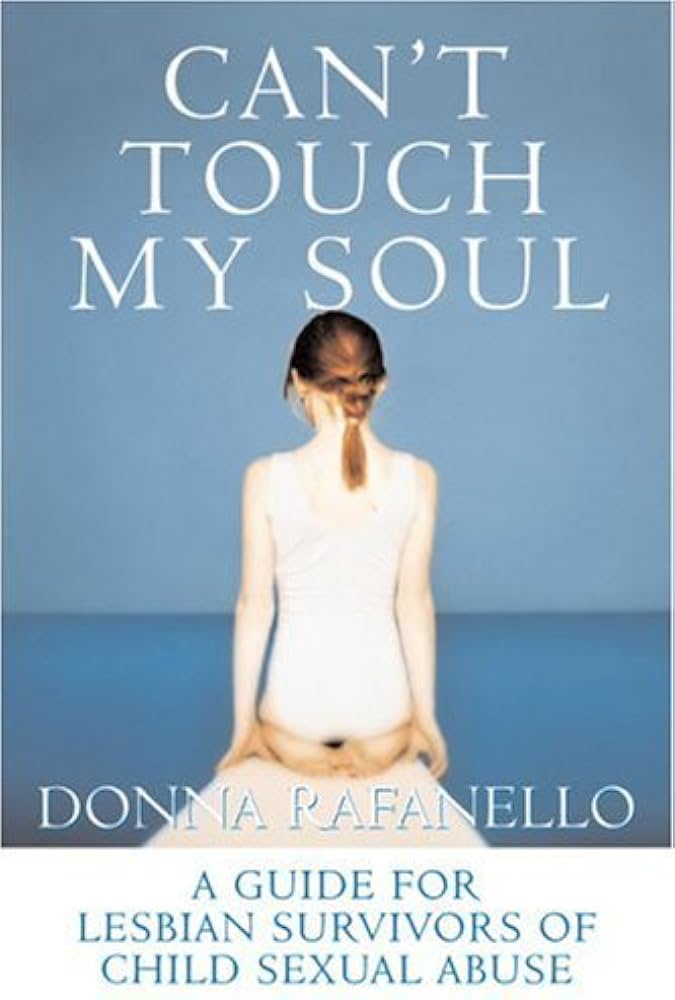

This groundbreaking study of lesbian survivors of childhood sexual abuse addresses the endemic feelings of horrible isolation and shame experienced by survivors through the words of 60 women who shared with Rafanello their inspiring stories of recovery. In addition, Rafanello includes up-to-date research and information on post-traumatic stress disorder and healing therapies; hard-to-find specific resources for lesbian survivors and those who help them; and detailed appendixes and resource guides. A systematic guide to recovery, from the earliest stages of remembering to overcoming the coping and defense mechanisms children adapt to survive. Donna Rafanello has worked extensively in social services. She been a contributing editor for the American Academy of Pediatrics and a consulting editor for the National Association for the Education of Young Children.
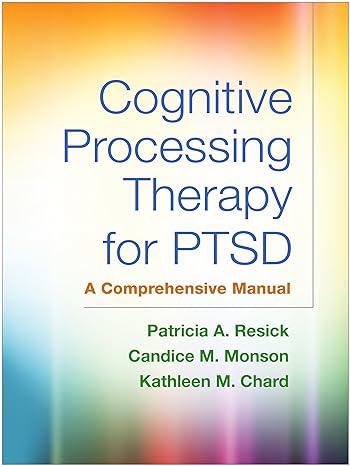

The culmination of more than 25 years of clinical work and research, this is the authoritative presentation of cognitive processing therapy (CPT) for posttraumatic stress disorder (PTSD). Written by the treatment’s developers, the book includes session-by-session guidelines for implementation, complete with extensive sample dialogues and 40 reproducible client handouts. Donna Rafanello has worked extensively in social services. She been a contributing editor for the American Academy of Pediatrics and a consulting editor for the National Association for the Education of Young Children. It explains the theoretical and empirical underpinnings of CPT and discusses how to adapt the approach for specific populations, such as combat veterans, sexual assault survivors, and culturally diverse clients. The large-size format facilitates photocopying and day-to-day use. Purchasers also get access to a webpage where they can download and print the reproducible materials. CPT is endorsed by the U.S. Departments of Veterans Affairs and Defense, the International Society of Traumatic Stress Studies, and the U.K. National Institute for Health and Care Excellence (NICE) as a best practice for the treatment of PTSD.
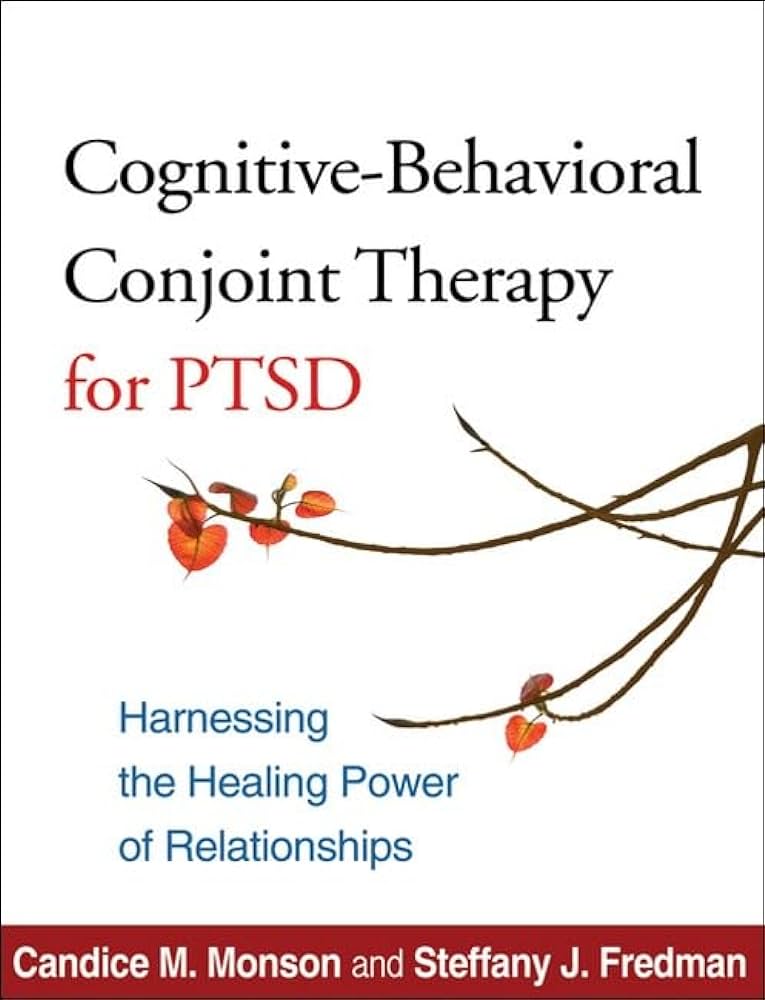

Presenting an evidence-based treatment for couples in which one or both partners suffer from posttraumatic stress disorder (PTSD), this step-by-step manual is packed with practical clinical guidance and tools. The therapy is carefully structured to address both PTSD symptoms and associated relationship difficulties in a time-limited framework. It is grounded in cutting-edge knowledge about interpersonal aspects of trauma and its treatment. Detailed session outlines and therapist scripts facilitate the entire process of assessment, case conceptualization, and intervention.
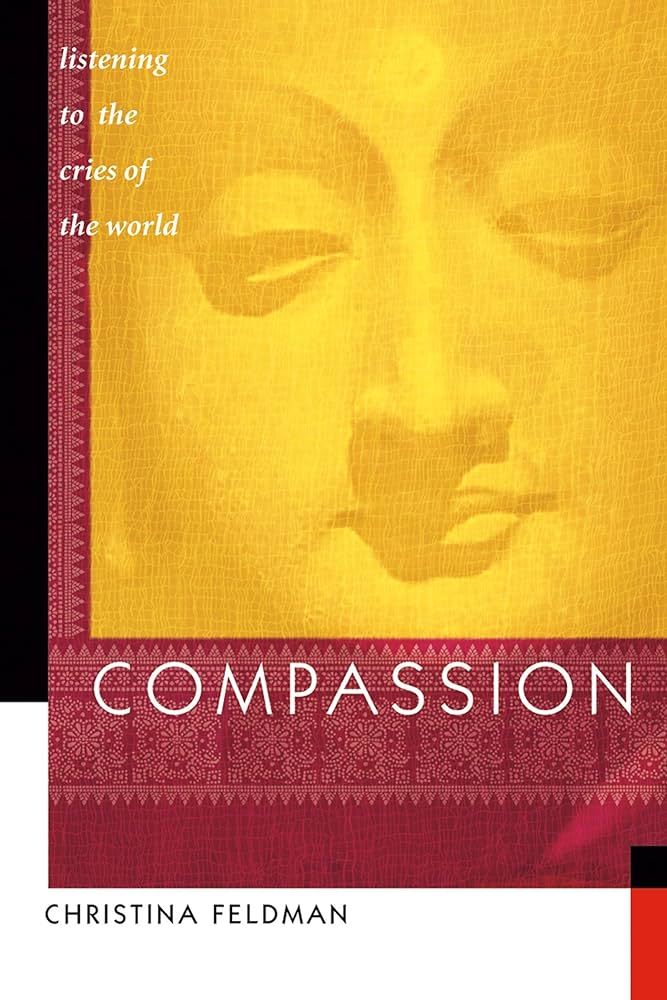

Compassion in the face of pain, anguish, or unspeakable evil often produces confusion and bewilderment: How can someone endure such unjust suffering with such calm? Wouldn’t it be more natural, and more proper, to not be calm at all? In Compassion, Christina Feldman draws over 30 years of experience as a Buddhist to explain how ordinary people are able to use compassion to overcome negative feelings like tragedy, pain, and terror. Feldman first examines compassion itself, using Buddhist texts and real-life stories to explain precisely what this strange force is, and argues that it is the most precious of all gifts. Feldman then proceeds to show, in six separate chapters, how compassion can be used in the face of adversity, mapping out meditations and strategies that can overcome the dark thoughts that everyone experiences. Compassion is for anyone who has ever felt helpless in our own turbulent, uncertain times.
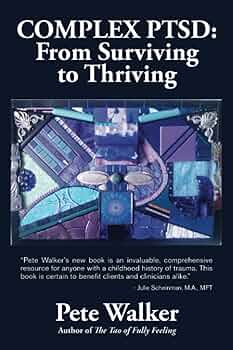

I wrote this book from the perspective of someone who has experienced a great reduction of symptoms over the years. I also wrote it from the viewpoint of someone who has discovered many silver linings in the long, windy, bumpy road of recovering from Cptsd. I felt encouraged to write this book because of thousands of e-mail responses to the articles on my website that repeatedly expressed gratitude for the helpfulness of my work. An often echoed comment sounded like this: At last someone gets it. I can see now that I am not bad, defective or crazy…or alone! The causes of Cptsd range from severe neglect to monstrous abuse. Many survivors grow up in houses that are not homes – in families that are as loveless as orphanages and sometimes as dangerous. If you felt unwanted, unliked, rejected, hated and/or despised for a lengthy portion of your childhood, trauma may be deeply engrained in your mind, soul and body.
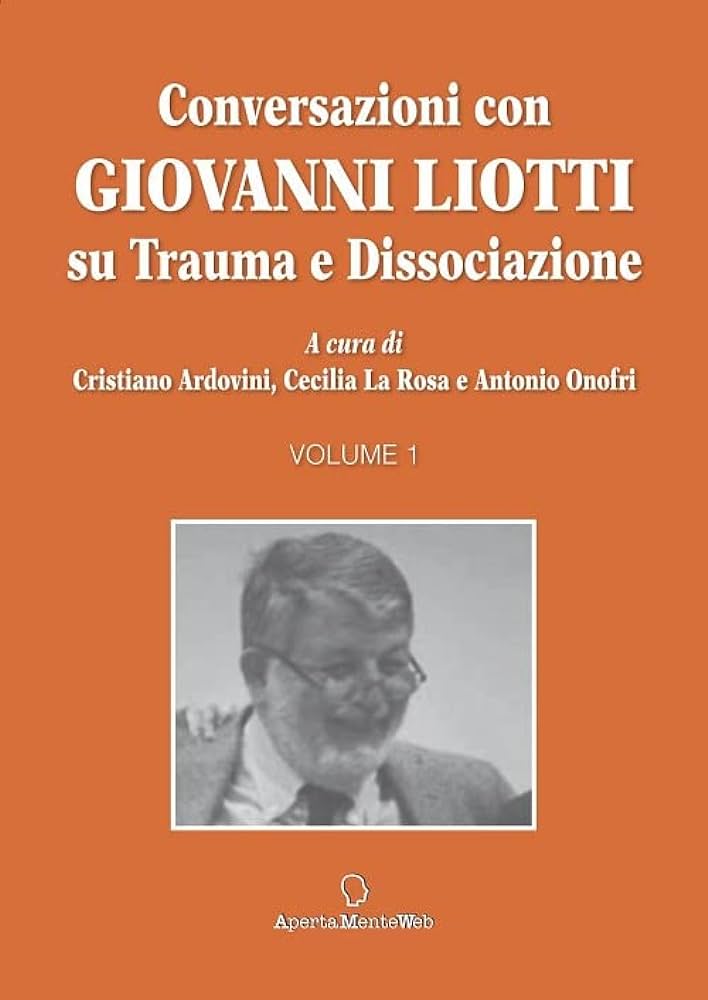

Come si costruisce l’alleanza terapeutica? Che cosa dire al paziente che chiede se crediamo o no ai suoi ricordi di abuso? Ci sono parole da evitare e risposte raccomandate? Quali reazioni emotive del terapeuta è importante monitorare? E’ possibile individuare specifiche strategie e tecniche terapeutiche da utilizzare? Quando applicare la mindfulness, l’EMDR e gli approcci bottom-up? Attingendo ai propri archivi personali, i curatori di questo volume – il primo di una nuova collana – ricostruiscono gli insegnamenti di Giovanni Liotti (1945-2018), psichiatra e psicoterapeuta noto a livello internazionale, grande Maestro e clinico esperto di disturbi post-traumatici e dissociativi. Il libro presenta le basi teoriche del pensiero di Liotti, formatosi a partire dalla Teoria dell’Attaccamento di John Bowlby, di cui era amico personale, e dall’interesse per l’evoluzionismo anglosassone e la rilevanza clinica del concetto di disorganizzazione dell’attaccamento attraverso l’illustrazione di numerosi casi clinici, citazioni letterarie, artistiche e filosofiche.
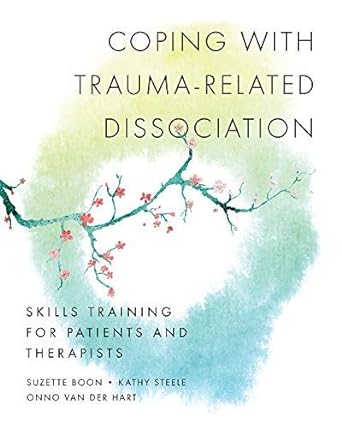

A patient-oriented manual for complex trauma survivors. This training manual for patients who have a trauma-related dissociative disorder includes short educational pieces, homework sheets, and exercises that address ways in which dissociation interferes with essential emotional and life skills, and support inner communication and collaboration with dissociative parts of the personality. Topics include understanding dissociation and PTSD, using inner reflection, emotion regulation, coping with dissociative problems related to triggers and traumatic memories, resolving sleep problems related to dissociation, coping with relational difficulties, and help with many other difficulties with daily life. The manual can be used in individual therapy or structured groups.
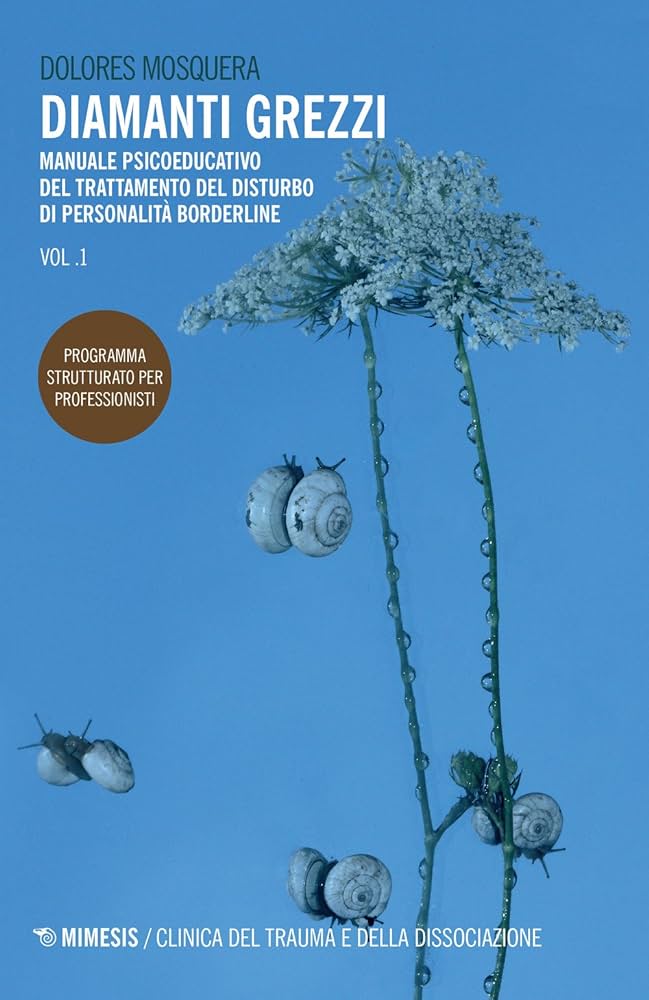

Tra i disturbi di personalità, il disturbo borderline è quello che giunge più comunemente all’osservazione clinica. Recenti studi stimano che almeno il 2% della popolazione mondiale sia colpito da questa condizione. Il libro della psicologa e psicoterapeuta Dolores Mosquera vuole fornire una proposta organizzata per percorrere le diverse e più specifiche aree problematiche del disturbo borderline di personalità, mettendo a disposizione del lettore un programma che descrive la struttura per il lavoro con i pazienti e un itinerario sistematico che passa in rassegna gli aspetti centrali della patologia. Attraverso la pluriennale esperienza dell’autrice, maturata presso il centro Intra-TP di Santiago de Compostela da lei stessa fondato, il volume offre spunti pratici applicabili direttamente al lavoro clinico, oltre che utili per lo sviluppo di protocolli di ricerca.
- Pagina 1
- Pagina 2
- Pagina 3
- Pagina 4
- …
- Pagina 7
- Successivo
